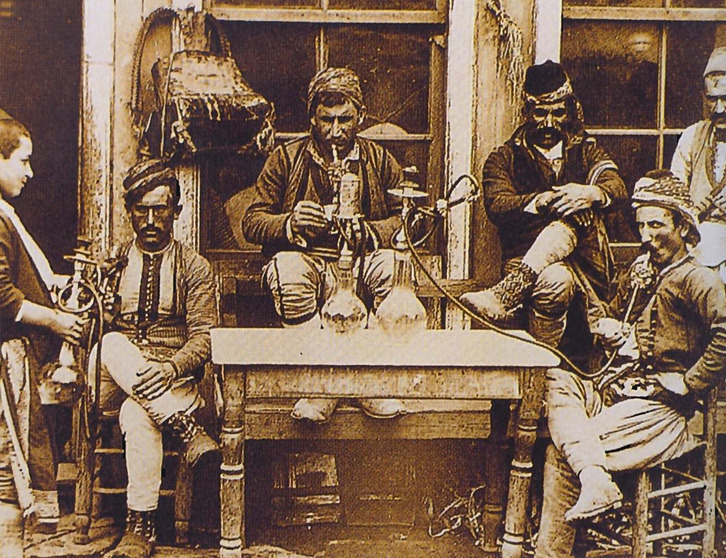
Coffee is no stranger to the Arab and Middle Eastern cultures, especially Egypt, where one can find all sorts of coffeehouses in every corner. But coffeehouses were not always welcomed in the country.
Coffee first arrived to Egypt in the 16th century. According to Jonathan Morris’s book ‘Coffee: A Global History’, a group of Al-Azhar students at the time witnessed some Yemeni expatriate students sipping a dark drink before studying or performing long religious rituals. Naturally, the Al-Azhar student’s curiosity grew; it wasn’t long before they decided to try the same drink hoping to achieve the desired effects.
People began consuming the bitter drink in mosques during dhikr, a Sufi ritual that revolves around the remembrance of God, and other religious festivals such as mulid, a celebration of the birth of Prophet Mohamed.
Not long after, coffeehouses started opening in every corner commodifying coffee thus rendering them accessible to the mass. These coffeehouses became akin to social clubs, allowing people to gather in public spaces just to drink coffee while conversing.
The idea of “gathering” drew the attention of authorities who equated coffee with alcohol. It was then that the question regarding coffee’s permissibility surfaced. Some Islamic schools and scholars lalso found issue with the natural beverage; one example was Sheikh Ali Ahmed Sonbati who, in 1572, claimed that coffee is intoxicating and should thus be forbidden.
Concerns were raised when coffee shops started to become a space for socializing rather than a space for coffee itself. Fearing the nature of the discussions people were engaged in, Egyptian authorities attempted to ban coffeehouses.
Despite the attempts to halt the activity of coffeehouses, they remained popular in Egypt and the rest of the Middle East.
Why have coffeehouses created this political and cultural instability? Coffeehouses were an extension of the private space to a public surrounding. Coffeehouses have later developed as an extension of the household where people were used to hosting guests; it influenced the patterns of domestic hospitality with the rise of urbanization and migration.
The concept of “the bourgeois public sphere” is defined as private people coming together to confront the state and the political authorities. This concept was coined by the German philosopher Jürgen Habermas which allowed historians to understand how coffeehouses have contributed to forming this cultural sphere.
A BRIEF HISTORY OF COFFEEHOUSES
To understand why “gathering in public space” was very triggering to authorities, one must look at the historical context of the time. This was during the Ottoman period where there was political unrest in Middle Eastern countries which were attempting to gain independent power.
The coffeehouses thus were quickly perceived as a potential social hub where people could come together and discuss apolitical matters like literature and interests. It was also a space that allowed for the exchange of knowledge. Later, it developed as a space where people could discuss current news and comment on political situations.

The attitudes towards coffeehouses go beyond coffee and social gathering. Selma Ozcosak said in her book ‘Coffeehouses: Rethinking the Public and Private in Early Modern Istanbul’ that the answer lies by “tracing their (coffeehouses) correlations with wider developments, such as the level of urbanization, migration, and the consequent rise of public sociability, and their links to transformation of the pattern of traditional domestic hospitality, and the evolution of public and private space”.
Coffee was commodified by merchants who wanted to create a demand for coffee to be able to sell their products. The merchants also took advantage of the nature of coffee in their quest for growing businesses: as coffee does not expire, it means that it can easily be stored for a long period and people would buy it in bulk because of its high consumption.
Therefore, merchants thought of another way to further increase the demand for coffee by opening coffeehouses in return for their responsibility and monopoly over the for the coffeehouses’ supply.
Before coffeehouses came to exist, people would only come together during occasions. Other means of socializing was in boza-houses, which served alcoholic and non-alcoholic drinks, and food but which had previously also received negative attitudes from the public.
Public baths and barbershops were also other places where people could socialize. When coffeehouses where banned, mini versions of coffeehouses would open inside barbershops. Coffee was also served in public baths for both men and women.
The state was not the only establishment that had issues with the existence of the coffeehouse discourse. Citizens living in neighborhoods in proximity to where coffeehouses were located felt uneasy about this early modern establishment and questioned its morality.
Abd-al Qadir Al Jaziri, a Muslim writer in the 16th century, noted that people who went to coffeehouses in Egypt were drug users, and that frequenters spent their whole day there while pious men would walk in at dawn for a cup of coffee and leave.
THE SOCIAL AND POLITICAL ROLE OF COFFEEHOUSES
Coffeehouses attracted negative attention which linked the places of services to criminal activity and prostitution. Ghawazi, who were unveiled women who danced in public space, were mainly present in coffeehouses as a form of entertainment to the men who would come to spend their time indulging in a cup.
The establishments became a part of a public space that was accessible to people with different backgrounds and socioeconomic classes. Even though they, perhaps, sat in different corners of the coffeehouse, nonetheless, it was socially inclusive and the discussions became available and common.
Although when they first emerged coffeehouses where situated near mosques, due to it being the ideal place to attract the greatest number of men, they later expanded to different neighborhoods and became the main place where people could spend their time rather than mosques.
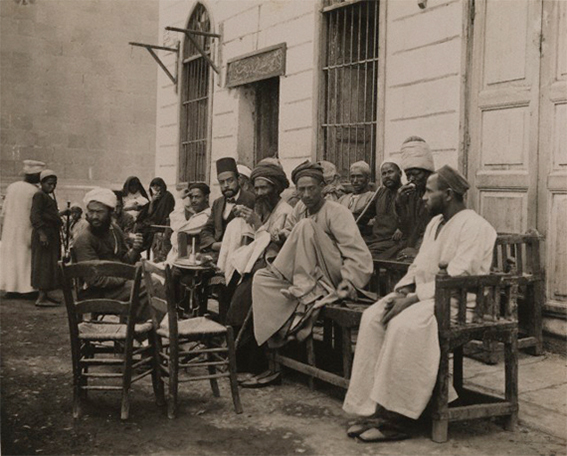
It is important to note that these coffeehouses were only accessible to men. Women could only consume coffee in public baths as it was the only legitimate excuse to leave the house.
The obscene increase in coffeehouses in the city lead to urban migration because of the job opportunities that were became available.
Often times, the coffeehouse owner would reside in a neighborhood close to the coffeehouse or in a room inside the coffeehouse. Sometimes these coffeehouses even had enough room to house the employees. This only eased the immigration process further, making the establishments a sought after option for the working class.
Coffee led to the sprouting of coffeehouses in a time when socializing was in need as a byproduct to many political cultural and social changes. The banning of coffee because it was an invention that lead to intoxication, and later of coffeehouses because they inhabited immortals, was to assure the security of the state.
It is evident that the ruling regime was afraid of the comments of people on public policy and affairs. It is interesting to see not only the social rise of a drink that has been very deeply rooted in Arab culture but also the change in social structure, behavior and public space as a result of coffeehouses.
Regardless of all the attempts and attacks on coffee and coffeehouses, they continued to spread not only across the Middle East but around the world with coffee becoming the world’s number one legal ‘drug’ as some might call it.
Today, while steaming cups of American-style coffee have infiltrated Egypt’s café culture, Egyptians are mostly fond of Turkish style coffee: roasted coffee-bean powder mixed with little sugar, without milk, on the stove.
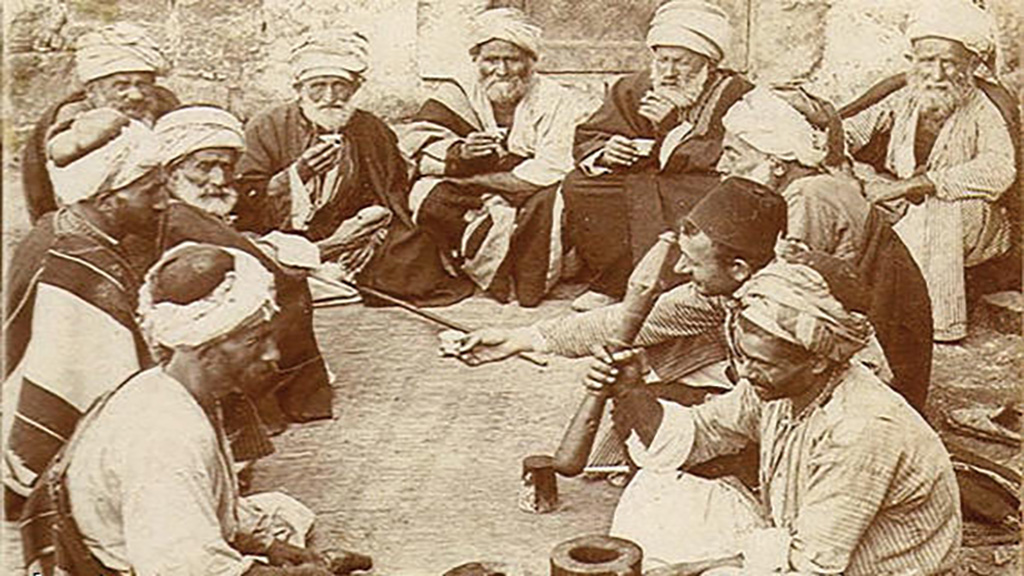


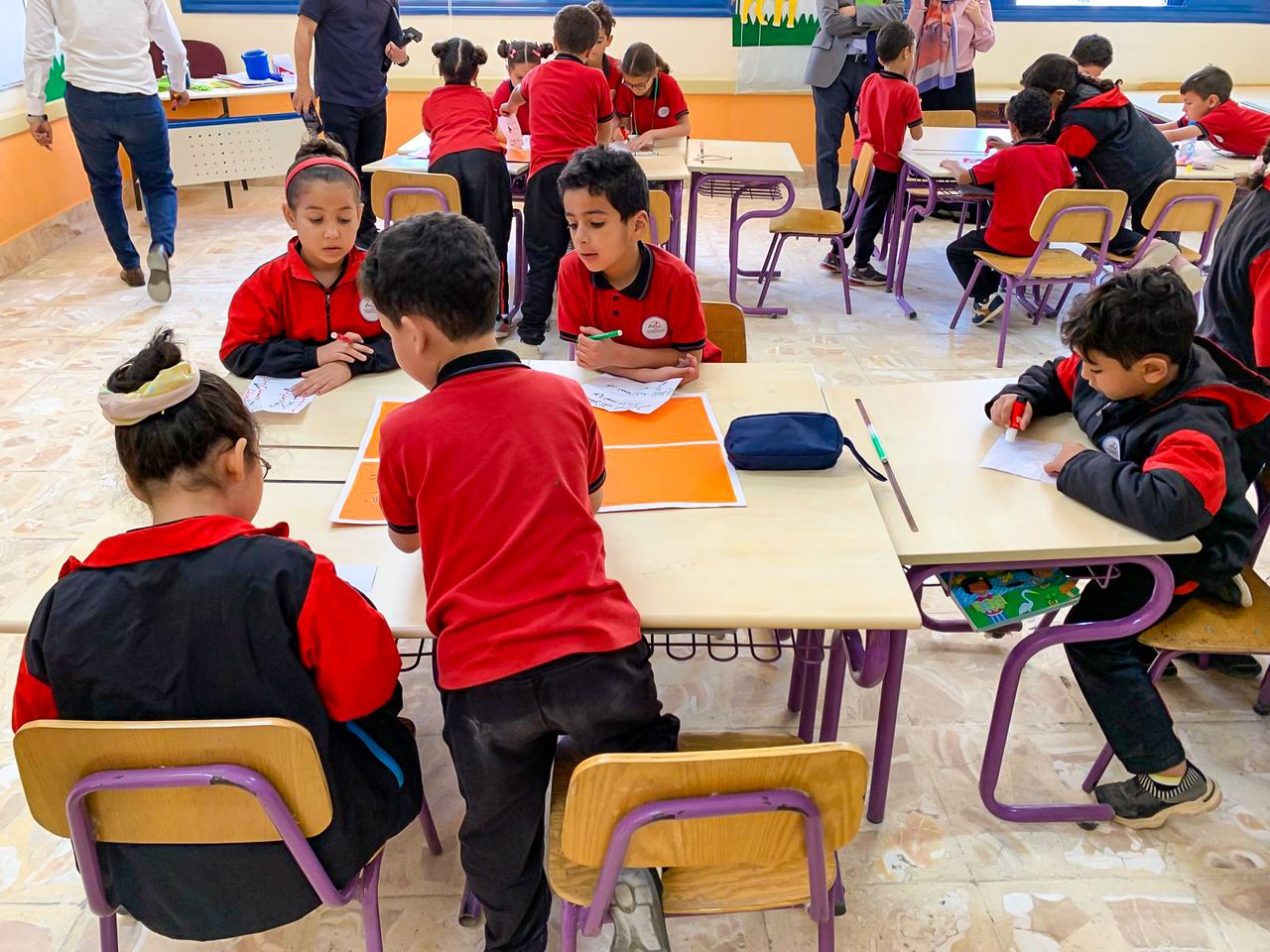


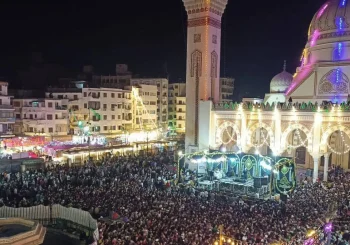
Comments (2)
[…] EGYPTIAN STREETS BY: NOUR […]
[…] Coffee is no stranger to the Arab and Middle Eastern cultures, especially Egypt, where one can find all sorts of coffeehouses in every corner.Read more […]